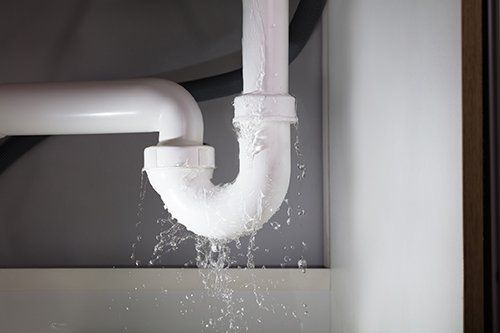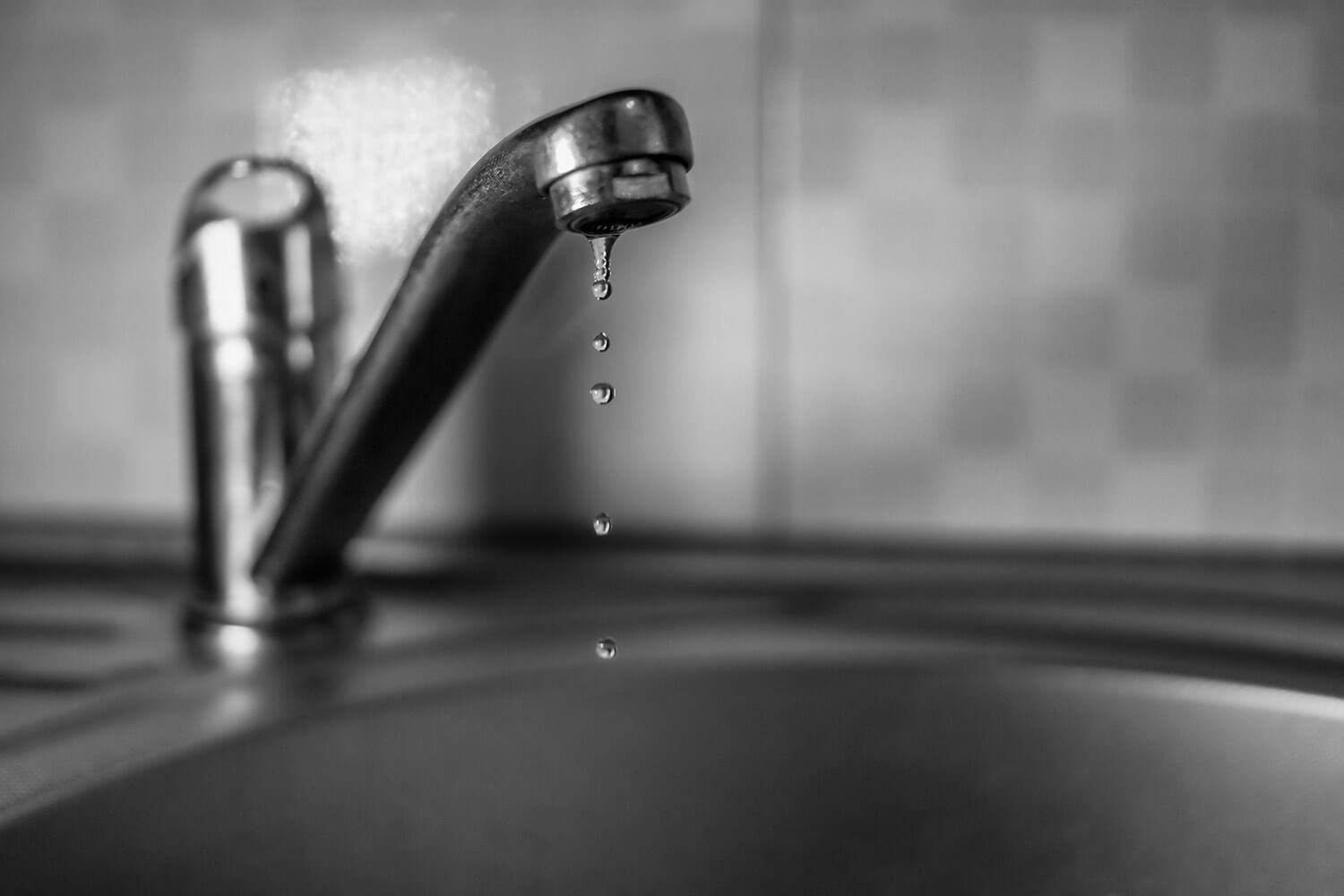Unveiling Common Sources Behind Residential Water Leak Problems
Unveiling Common Sources Behind Residential Water Leak Problems
Blog Article
The publisher is making a number of great pointers regarding How to detect water leaks in your home in general in this great article followed below.

Leaks not only trigger waste of water but can also cause unnecessary damage to your residence and also promote unwanted organic development. Sadly, water leakages could go unnoticed given that most of the pipework in our house is concealed. By looking and comprehending for daily scenarios that cause leaks, you can secure your residence from future leakages and unnecessary damage. Today, we will consider six leakage causes that might be triggering your pipes to trickle.
Elbowing in origins
A lot of water leaks start outside your home rather than inside it. If you discover a sudden decline in water stress, claim in your tap, take some time to head out and examine your lawn. You may see wet patches or sinkholes in your yard, which might indicate that tree roots are attacking water lines triggering water to leak out. You can have your plumber look for breach, particularly if you have trees or bushes near your home.
Corroded water supply
As time passes by, your plumbing system ages and also rust such as corrosion may begin gnawing the pipelines. This could be the reason for staining or bending on your water pipes. This asks for an evaluation with your plumber promptly. If our plumbing system is old, consider replacing the pipes because they go to a greater risk of corrosion than the newer designs.
Defective Pipe Joints
The factor at which your pipes link is regularly the weakest link in the waterline. Pipe joints can wear away over time, leading to water leakages. The bulk of pipeline joints are not conveniently noticeable. If you have loud pipelines that make ticking or banging sounds, specifically when the warm water is activated, your pipeline joints are most likely under a lot of pressure. It is a good idea to have your plumber check your system once a year.
Instant temperature modifications.
Severe temperature level adjustments in our pipes can cause them to broaden as well as acquire all of a sudden. This development and also tightening might cause splits in the pipelines, especially if the temperature are listed below freezing.
Poor Water Connectors
Sometimes, a leakage can be triggered by loose tubes as well as pipelines that supply your devices. Most of the time, moving is what triggers the loosened water Connections. You may locate in the case of a washing maker, a hose might spring a leakage because of drinking throughout the spin cycle. In case of a water links leak, you might see water running directly from the supply line or puddles around your appliances.
Obstructed Drains
Blocked drains pipes might be frustrating and inconveniencing, yet they can sometimes end up creating an overflow bring about rupture pipes. Keep removing any type of products that might go down your drains pipes that can block them to stay clear of such inconveniences.
All the above are sources of leaks but not all water leaks arise from plumbing leaks; some leaks might come from roof covering leakages. All leaks should be repaired promptly to prevent water damage.
Leaks not just cause waste of water however can likewise trigger unneeded damages to your home and also advertise undesirable natural growth. By recognizing and looking for day-to-day circumstances that cause leakages, you can shield your home from future leaks and also unneeded damage. Today, we will certainly look at 6 leak creates that may be causing your pipelines to leak.
At times, a leakage can be caused by loose pipes as well as pipelines that provide your devices. In case of a water links leak, you might discover water running straight from the supply line or pools around your appliances.
How To Check For Water Leak In Your Home
How To Check for Leaks
The average household's leaks can account for nearly 10,000 gallons of water wasted every year and ten percent of homes have leaks that waste 90 gallons or more per day. Common types of leaks found in the home are worn toilet flappers, dripping faucets, and other leaking valves. These types of leaks are often easy to fix, requiring only a few tools and hardware that can pay for themselves in water savings. Fixing easily corrected household water leaks can save homeowners about 10 percent on their water bills.
To check for leaks in your home, you first need to determine whether you're wasting water and then identify the source of the leak. Here are some tips for finding leaks:
Take a look at your water usage during a colder month, such as January or February. If a family of four exceeds 12,000 gallons per month, there are serious leaks.
Check your water meter before and after a two-hour period when no water is being used. If the meter changes at all, you probably have a leak.
Identify toilet leaks by placing a drop of food coloring in the toilet tank. If any color shows up in the bowl after 10 minutes, you have a leak. (Be sure to flush immediately after the experiment to avoid staining the tank.)
Examine faucet gaskets and pipe fittings for any water on the outside of the pipe to check for surface leaks.
Undetected water leaks can happen without the home or business owner even realizing. If you suspect a water leak, but not able to find the source. It is time to contact a professional water leak detection service, The Leak Doctor.
How To Find a Water Leak In Your Home
https://www.leakdoctor.com/blog/How-To-Check-For-Water-Leak-In-Your-Home_AE197.html

We had been introduced to that write-up about How to Find Water Leaks through a good friend on another site. If you enjoyed our page plz remember to pass it around. I appreciate reading our article about How to Find Water Leaks.
Immediate relief? Contact. Report this page